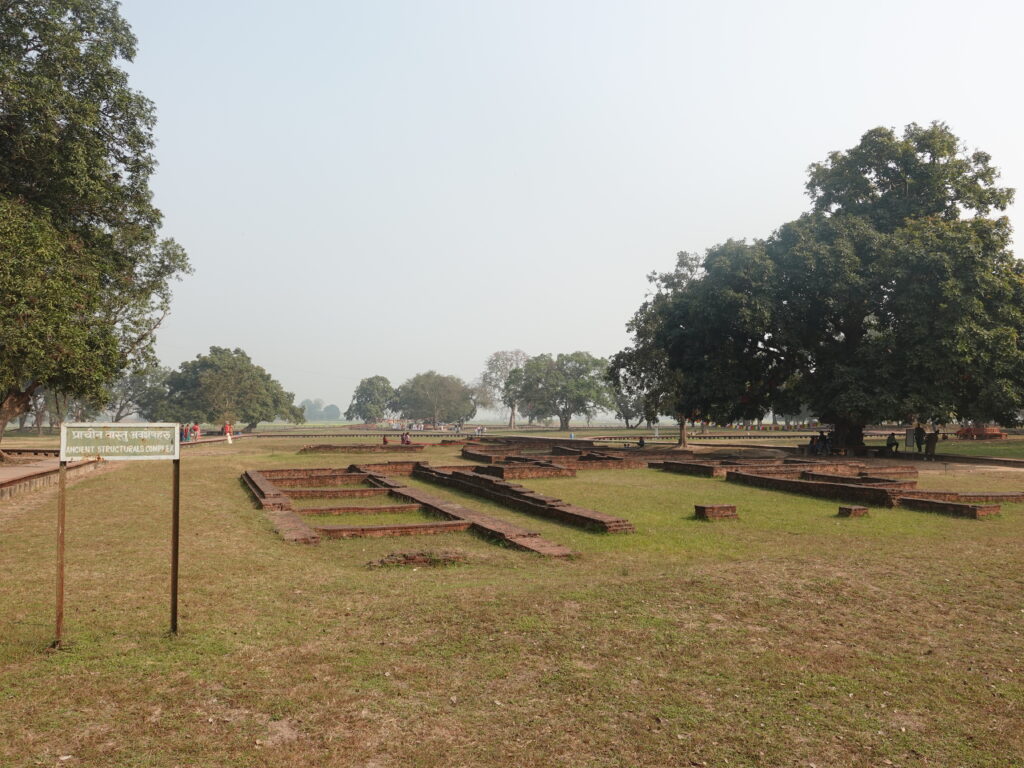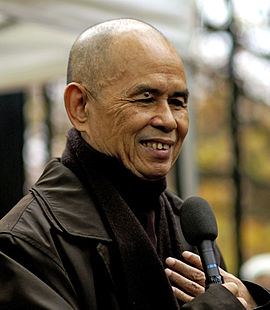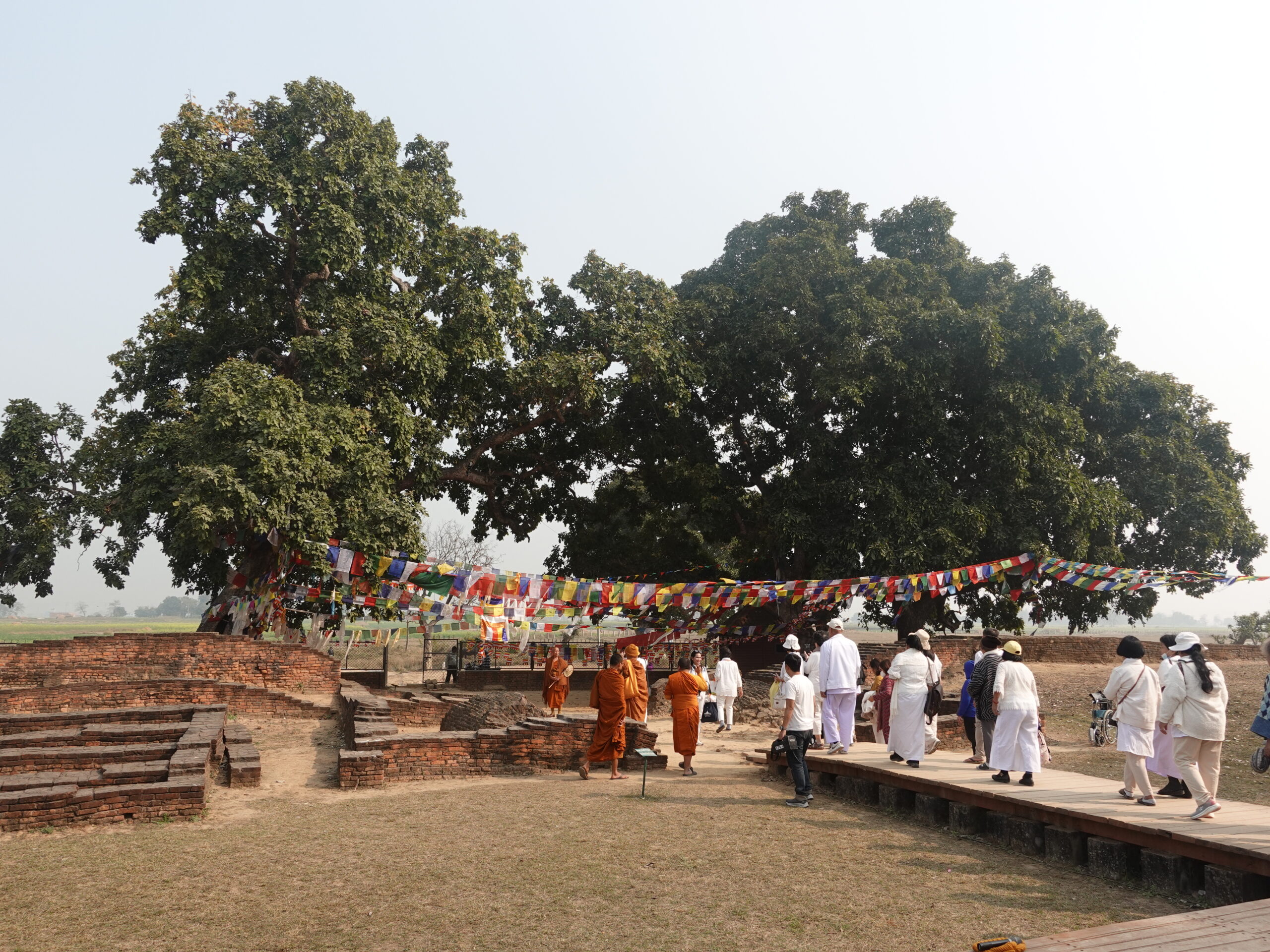The life of Buddha (Shakyamuni Buddha) as seen through local photographs] ⑸.
Significance of Buddha's marriage and the birth of his son Rahula - Was Rahula really an "obstacle" to ordination?
Before I begin, I would like to talk about Buddha's marriage and the birth of his son, Rahula, which were the major decisive factors in his ordination. I myself had some misconceptions about Rahula until I studied the biography of the Buddha in detail. I had some mixed feelings about Rahula until I learned more about the Buddha's biography. I am sure you will be surprised to read this article.
So let's get started.
Buddha's marriage and the birth of his son Rahula

After the "Shimonsyutuyu," which was the occasion for Buddha to become ordained, Buddha took Yashodhara as his wife. Since this was India at that time, of course, it was not a love marriage. King Suddhodana must have carefully chosen her as an important step in his succession to the throne.
They would have a son named Rahula. It is often said that the name "Rahula" means "obstacle" in the Indian language. It is said that the name was given to the son because the Buddha felt that he had created an obstacle for him to leave home and become an ordained priest. I too had my doubts when I heard about these episodes of Buddha's life.
Written by Hazime NakamuraGautama Buddha.A different theory was preached in the
The name Rahula comes from "Rahu," a demon that causes eclipses of the sun and moon, and that this name was not given by Buddha, but by his father, King Suddhodana. In ancient India, it was customary for grandchildren to be named by their grandfathers. In other words, Buddha did not name his grandson "Rahula" because it would be an obstacle to ordination.
Furthermore, in the Buddhacharita, King Suddhodana is very happy about the birth of his grandson, and it seems unlikely that he would give him a name with a negative meaning, "obstacle. It is also clear that the two had a good relationship, as Rahula was later ordained and became a disciple of the Buddha.
And to begin with, the birth of Rahula is not an "obstacle" to Buddha's ordination, but is considered to have been the final push. What I mean by that is that Indian customs are also involved here.
In the past, in India.student period, ,residential phase, ,second anniversary of a death, ,wandering seasonThe idea was that the ideal way for a person to spend a lifetime is to live the four lives in order.
In other words, there was a conception that one could study under a good teacher when young, work as a family patriarch when one comes of age, support one's family and perform family rituals, and then retire to live in the forest to practice meditation, and finally embark on an ascetic journey and lead a life of an ordained beggar. In India, it was a matter of longing and respect for people to become ordained and practice asceticism. It is important to note that in modern Japan, the image of ordination and ascetic practice may be that of renunciation of the world and hardship, but in India, on the contrary, it was something to be admired and respected. However, it is important to note that in India, on the contrary, ordination was something to be aspired to.
In addition, this way of showing the path of life after retirement facilitated the transition from one generation to the next, and also came to be regarded as ideal in India as a way to meet the spiritual needs of those approaching death and seeking solutions to life's problems. In reality, however, it was difficult to leave the secular life and become a meditation practitioner, but this life cycle was respected from the outset. The Buddha followed this very Indian life cycle.
In Buddha's case, however, he became an ascetic before taking over the family and fulfilling his role as patriarch, but this was not an absolute evil. This was not an absolute evil, because Buddha left a son to succeed him, and he also left his property and other assets to his wife and son to ensure their subsequent livelihood. In Indian society at that time, it was acceptable to be ordained as long as one could guarantee the livelihood of one's family. Moreover, it was common for the upper classes of the time to temporarily take ordained training in order to cultivate themselves. It is said that this was similar to studying abroad in modern times.
Buddha was strongly requested by his father, King Suddhodana, to become his successor. But Buddha has no intention to do so. However, if a son were born, Buddha would not have to become king, but that son would be his legitimate successor. In other words, it could be said that for Buddha, Rahula was not an "obstacle" but a "liberating" child.
Another point I would like to consider is the relationship with his wife Yashodhara. There is very little mention of Yashodhara in the Buddha's biography. Many people may think, "If Buddha loved his wife and children so much, he could not have left them behind. There was a time when I thought so too.
If Buddha does not love Yashodhara.
If only Yashodala had been a bad wife.
If this were the case, it could be said that Buddha chose to ordain in order to escape his wife.
But perhaps this was not the case. If it had been, it would have been mentioned in the Buddhist canon. (Just as it was emphasized that the Buddha's cousin Devadatta tried to slander and murder the Buddha.)
However, there is no such mention of Yashodhara. In other words, it seems that she was not a bad wife. Furthermore, I found the following interesting statement in "Gautama Buddha".
It is a rare work, but the image of two newlyweds contemplating life, aging, sickness, and death remains in Gandhara. The significance of this is significant. According to the implication of this painting, the queen shares the same feelings as the prince Siddhartha in that she has realized the impermanence of life by observing life, aging, sickness, and death. According to this implication, the prince did not abandon the queen, but rather, he shared a common understanding with her.
Shunju-sha, Nakamura HajimeGautama Buddha (popular edition)First volume P146
I would very much like to agree with this theory.
Yashodhara understood and walked with Buddha.
And Buddha dared to send him off to find the way of salvation. Believing that he will surely come back one day....
This image of Yashodhara was also adopted by the world-renowned Vietnamese Zen monk Thich Nhat Hanh in his biography of the Buddha, "The Novel Buddha: The Inseparable Path, The White Cloud.

As I will discuss again in the next article, I also believe that an amicable relationship with Yashodhara is very possible, considering the smooth escape from the royal castle on the day of his ordination and Buddha's amicable return home after his enlightenment.
It was a great relief to me personally that the birth of Rahula was not just an "obstacle" for Buddha.
*Below is an article with reference books on India and Sri Lanka that we have referenced in this travelogue. Please refer to them.
periodA list of recommended reference books to help you learn about Indian history, religion, and culture."
periodA list of recommended books for "those who want to know more about Indian Buddhism."
periodA list of recommended books to help you get to know the Buddhist country of Sri Lanka."
Next Article.
Click here to read the previous article.
Related Articles





































